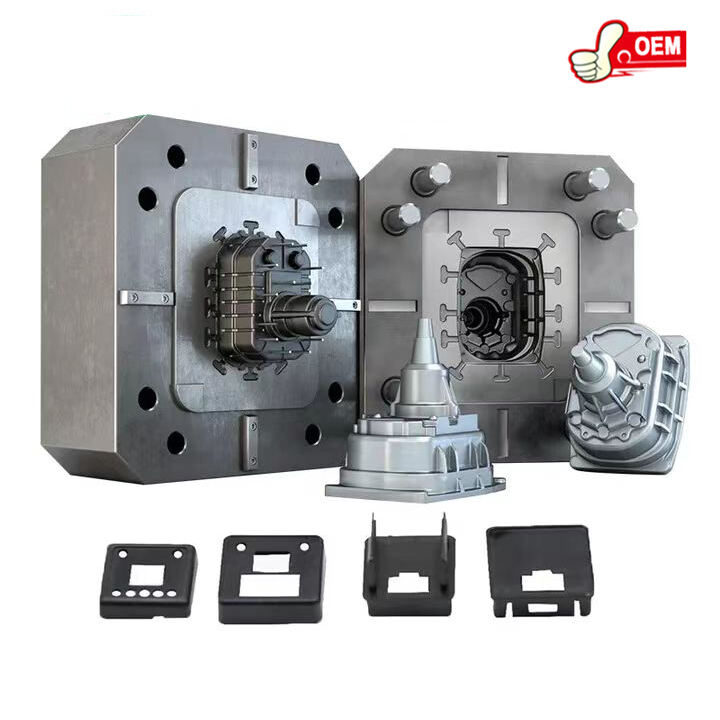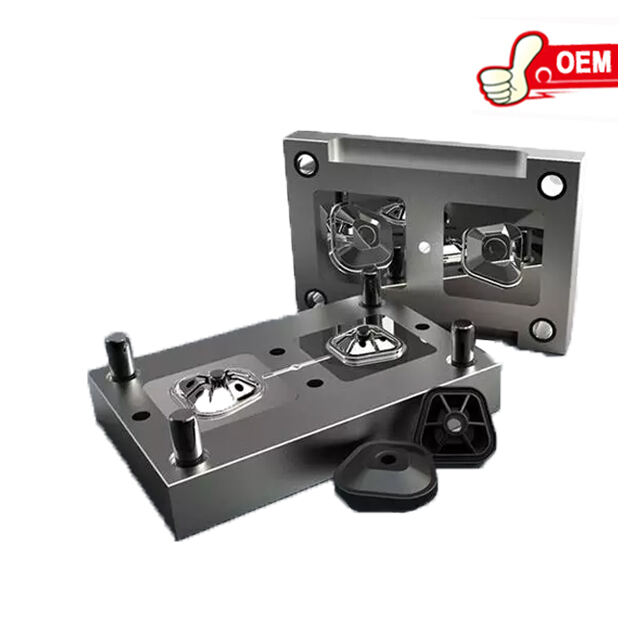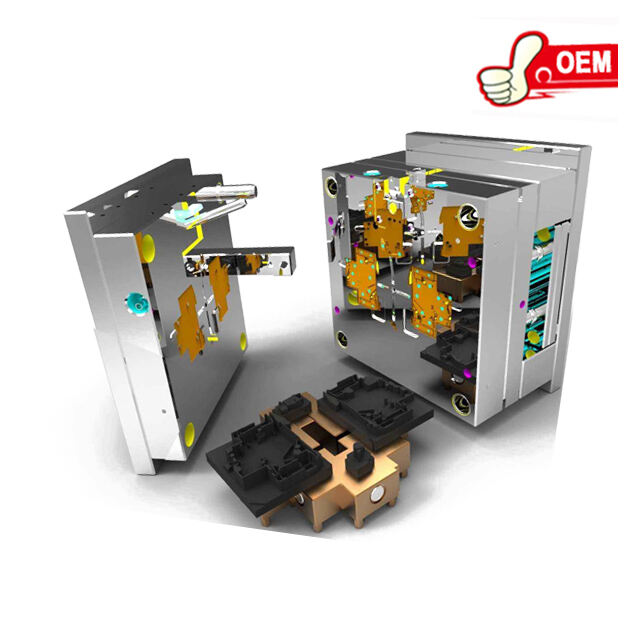injection molding processing
Injection molding processing is a manufacturing technique used to produce parts by injecting molten material into a mold. Its main function is to shape and form plastic parts with high precision and efficiency. Technological features of injection molding include the use of an injection molding machine, a mold, and a raw material in the form of plastic pellets. The machine heats the pellets until they melt, then forces them into the mold under high pressure. Once cooled, the plastic solidifies into the desired shape. Applications of injection molding are widespread, ranging from automotive parts and consumer goods to medical devices and electronics.


